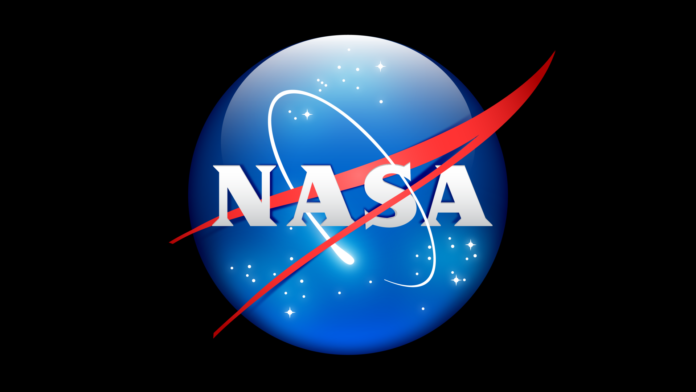The year of 2016 ends well for NASA as Dawn, Juno and Cassini, the prominent missions of NASA are revealing the secrets of Ceres, Jupiter and Saturn respectively.
Dawn with the dwarf
 Dawn orbits the dwarf planet Ceres since March 2015. Carol Raymond, Dawn’s deputy principal investigator, thanking it said, “Ceres has defied our expectations and surprised us in many ways, thanks to a year’s worth of data from Dawn.”
Dawn orbits the dwarf planet Ceres since March 2015. Carol Raymond, Dawn’s deputy principal investigator, thanking it said, “Ceres has defied our expectations and surprised us in many ways, thanks to a year’s worth of data from Dawn.”
It took the latest images of Ahuna Mons by nearing 120 times closer to it than in February 2015, revealing a significant amount of bright material on some of the mountain’s slopes. It made another revelation as it captured craters named Occator and Haulani. NASA announced that Occator’s bright areas contained highest concentration of carbonate minerals ever seen outside Earth.
In the month of July, Dawn entered its extended mission. By the end of August, Dawn’s explorations gave sufficient data to study its gravity.
“The data suggests that Ceres has a weak interior, and that water and other light materials partially separated from rock during a heating phase early in its history”, says Ryan Park, supervisor of the solar system dynamics group at JPL.
Juno around Jupiter
 After a spot-on precision arrival at Jupiter on 5 July, Juno entered its long, highly elliptical 53.4-day initial polar orbit. It has currently completed three close flybys of Jupiter. The third one occurred on 11 December.
After a spot-on precision arrival at Jupiter on 5 July, Juno entered its long, highly elliptical 53.4-day initial polar orbit. It has currently completed three close flybys of Jupiter. The third one occurred on 11 December.
If the burns had been performed, by now it would have geared up for the fifth flyby due to its orbit change to 14 day polar orbit. But, as of now the estimated time is unknown. Juno captured the seventh of eight features forming a ‘string of pearls’ on Jupiter on December 11.
Cassini’s Saturn expedition
Cassini completed 19 years of its stay in space, now entering its last phase for its Grand Finale exit. The first major event for Cassini this year was a carefully choreographed observation of Enceladus. On March 11, scientists had an opportunity to see the gas part of the eruptions. On 25 July, Cassini performed its 122nd close flyby of Titan, observing the moon’s long, linear dunes. It showed that dunes of this sort encircle most of Titan’s equator.
During the August flyby of Titan, Cassini discovered deep, steep-sided canyons flooded with liquid hydrocarbons.
On December 4, six second engine burn completed Cassini’s orbit alteration. It grazed through the faint, outer-most F-ring of Saturn. Furthermore, it began complete scan across the rings. On December 11, Cassini completed its second ring graze drive. On December 18, during its third ring grazing orbit, it flew by Pandora. The year will end with its fourth ring grazing orbit at 5:31 pm PST on December 25.
NASA ended this year with loads of memories and wishes and celebrations here and out in space.




























